Table of content
Cooking pig’s liver can be a delightful culinary experience, offering a rich and savory taste that is cherished by many. However, one common challenge faced by chefs and home cooks alike is the tendency of cooked pig’s liver to turn dark, which can detract from its appearance and, by extension, its overall appeal. This discoloration is often perceived as a sign of spoilage or improper handling, even though it may simply be the result of natural enzymatic reactions or oxidation processes during cooking. In this article, we will explore various techniques and tips to help you prevent cooked pig’s liver from turning dark, ensuring that your dish looks as appetizing as it tastes.
Understanding the Cause of Darkening
Before diving into the solutions, it’s crucial to understand why pig’s liver darkens after cooking. Several factors contribute to this phenomenon:
-
Enzymatic Activity: Pig’s liver contains enzymes that can continue to work even after the meat is cooked. These enzymes can cause discoloration, particularly if the liver is not properly handled or cooked.
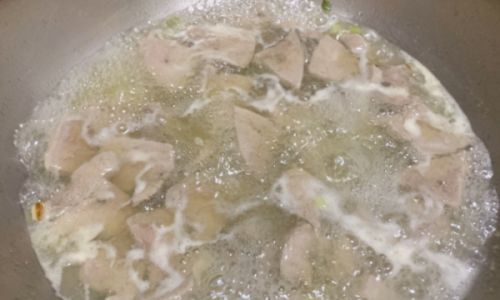
-
Oxidation: Exposure to oxygen can cause the pigments in pig’s liver to oxidize, leading to darkening. This is especially true when the liver is sliced or cut open, exposing more surface area to air.
-
Blood Residue: Residual blood in the liver can also contribute to darkening. Proper cleaning and soaking can help mitigate this issue.
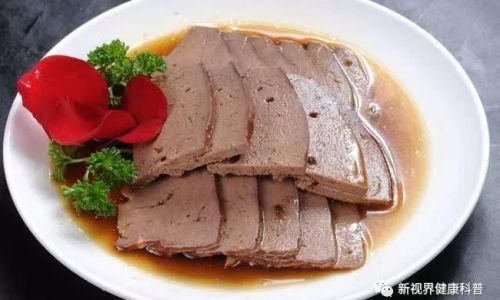
-
Cooking Methods and Temperatures: Certain cooking methods, such as grilling or frying at high temperatures, can accelerate the browning and darkening process due to the Maillard reaction, a chemical reaction between amino acids and sugars that occurs at high heat.
Tips for Preventing Darkening
Now that we understand the causes, let’s delve into the practical steps you can take to prevent cooked pig’s liver from turning dark.
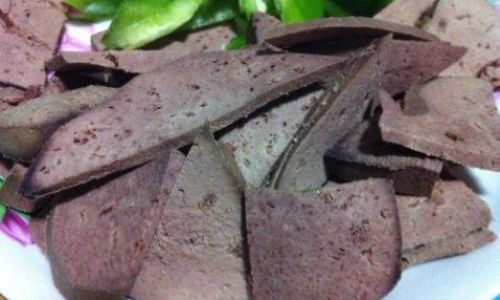
Proper Cleaning and Preparation
- Thorough Rinsing: Begin by rinsing the pig’s liver under cold running water to remove any surface impurities and blood.
- Soaking: Soak the liver in cold water for about 30 minutes to an hour. This helps to draw out additional blood and impurities, reducing the likelihood of dark spots.
- Pat Dry: After soaking, pat the liver dry with paper towels to remove excess moisture. This will help with even cooking and reduce steaming, which can cause discoloration.
Marinating
- Acidic Marinades: Using marinades with acidic components like vinegar, lemon juice, or wine can help to denature the enzymes that cause darkening. Marinate for at least 30 minutes to an hour before cooking.
- Herbs and Spices: Incorporate herbs and spices like rosemary, thyme, and garlic into your marinade. These not only add flavor but also have antioxidant properties that can help combat oxidation.
Cooking Techniques
- Gentle Cooking Methods: Opt for gentler cooking methods such as steaming, poaching, or simmering in a flavorful broth. These methods expose the liver to lower temperatures, reducing the likelihood of rapid browning and darkening.
- Controlling Temperatures: If you prefer to grill or sear the liver, use moderate heat and keep a close eye on it. High temperatures can cause rapid surface browning, which can lead to darkening. Flip the liver frequently to ensure even cooking.
- Finishing with Lower Heat: After searing or grilling, finish cooking the liver in a lower-temperature oven or by simmering it in a sauce. This helps to cook the liver evenly without over-browning the exterior.
Storage and Serving
- Prompt Cooling: Once cooked, cool the liver quickly to stop the cooking process and prevent further enzymatic activity. You can place it on a baking sheet lined with paper towels and refrigerate it uncovered until it reaches room temperature, then cover and refrigerate.
- Avoiding Air Exposure: Store cooked liver in an airtight container or wrap it tightly in plastic wrap to minimize exposure to oxygen.
- Moisture Retention: If you plan to serve the liver later, consider adding a bit of moisture (like a splash of broth or a drizzle of oil) to the storage container. This helps to keep the liver moist and can reduce drying and darkening.
Serving Suggestions
- Sauces and Glazes: Serve the cooked liver with rich, dark sauces or glazes that can help to camouflage any minor discoloration and add layers of flavor.
- Garnishes: Use vibrant garnishes like fresh herbs, citrus zest, or microgreens to brighten the dish and draw attention to its appealing aspects.
Conclusion
Preventing cooked pig’s liver from turning dark is a matter of understanding the underlying causes of discoloration and applying the right techniques during preparation, cooking, and storage. By following the tips outlined in this article, you can ensure that your pig’s liver dishes remain visually appealing, enhancing both the dining experience and your culinary reputation. Remember, the key to success lies in meticulous preparation, careful cooking, and thoughtful presentation. With these practices in place, you can enjoy perfectly cooked, beautifully colored pig’s liver that delights the senses and satisfies the palate.
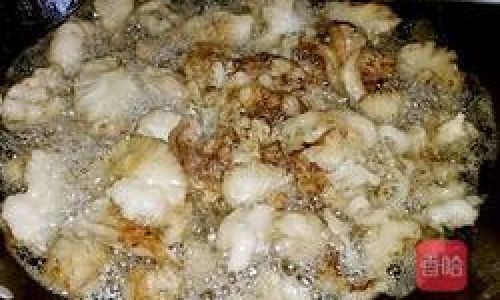
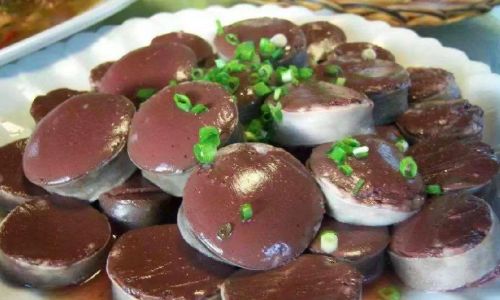

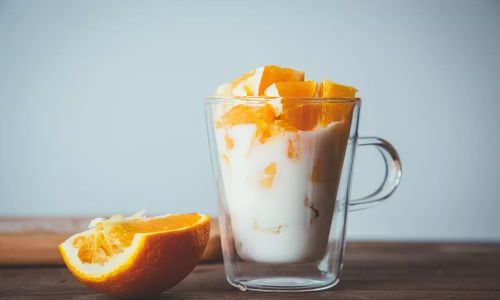
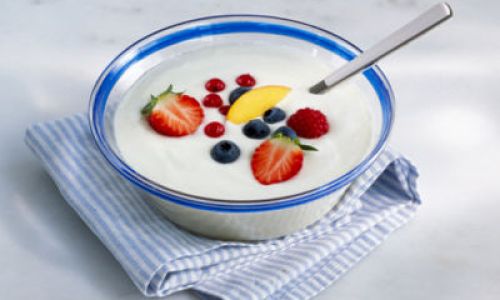
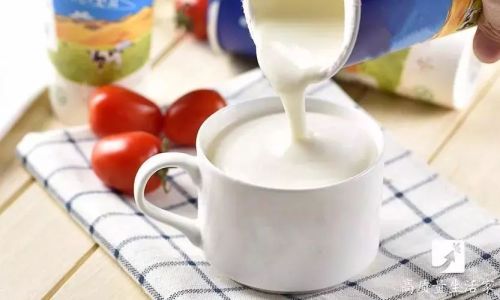
0 comments